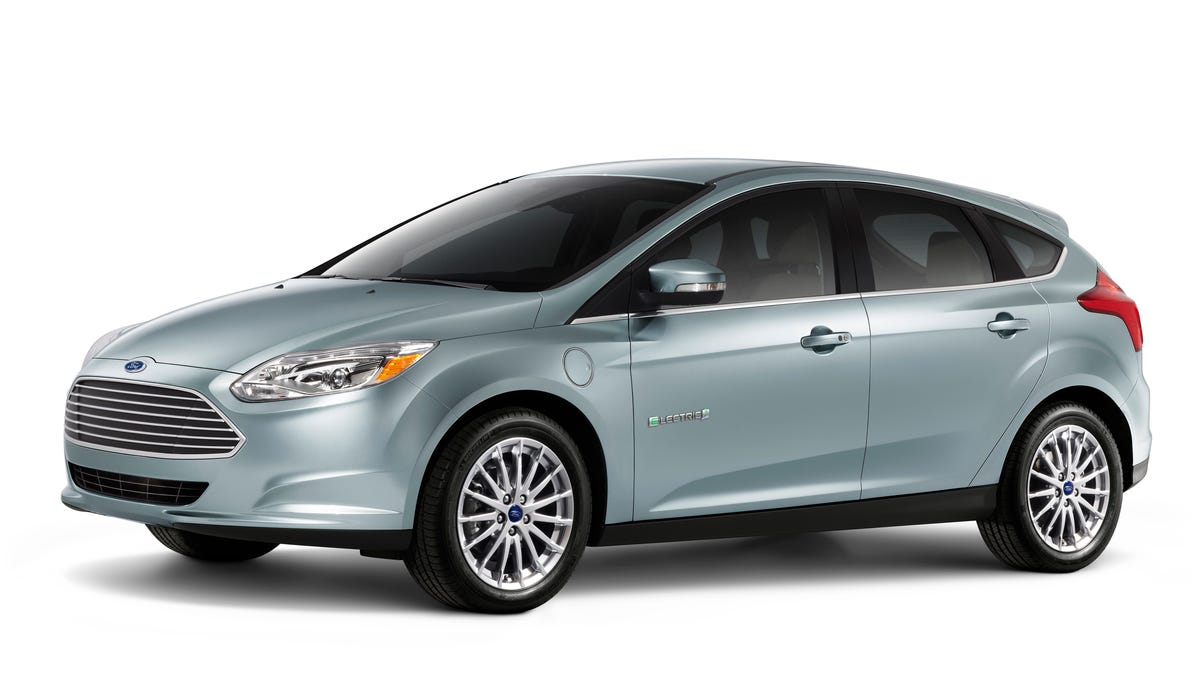Ford using customer feedback to develop Focus Electric display
Potential customers are helping to develop the final in-dash display for the Ford Focus Electric through the use of a specially designed driving simulator.

Ford is putting its customers to work by giving them a chance to help develop the final in-dash display for the Ford Focus Electric through the use of a specially designed driving simulator.
Inside the simulator, drivers see same information that would appear in the real Ford Focus Electric, including two 4.2-inch full-color LCD screens flanking the speedometer in the center. Then the simulator takes drivers on an 11-mile circuit through a variety of terrain such as hills, cities and flat land.
The screens in the simulator provide details to the driver such as battery charge, distance to the nearest charge point, and expected range surplus.
"These screens are an integral part of Focus Electric and we thought the best way to make sure they would do their job is to have people come in and try them out for themselves," said Ford HMI engineer Paul Aldighieri in a press release. "The only true way to get a feel for what the screens are telling the driver is by actually getting behind the wheel."
According to Ford, about 30 participants have participated in the simulator exercise and offered feedback. Then that feedback was evaluated by engineers and incorporated back into the simulator.
Engineers simplified the Brake Coach, for example, after participants said the original offered too much information that wasn't easily understood.
The Ford team also worked with members of the Michigan Electric Auto Association. "The concepts were well received by the group, who considered the information thoughtful, particularly for people who are not familiar with the electric vehicle experience," the automaker said in a press release.
The group chose butterfly graphics to represent the additional range beyond a charge destination. "Butterflies are a safe image that doesn't alienate people," Aldighieri said. "Not everyone thinks windmills and solar panels are desirable."

